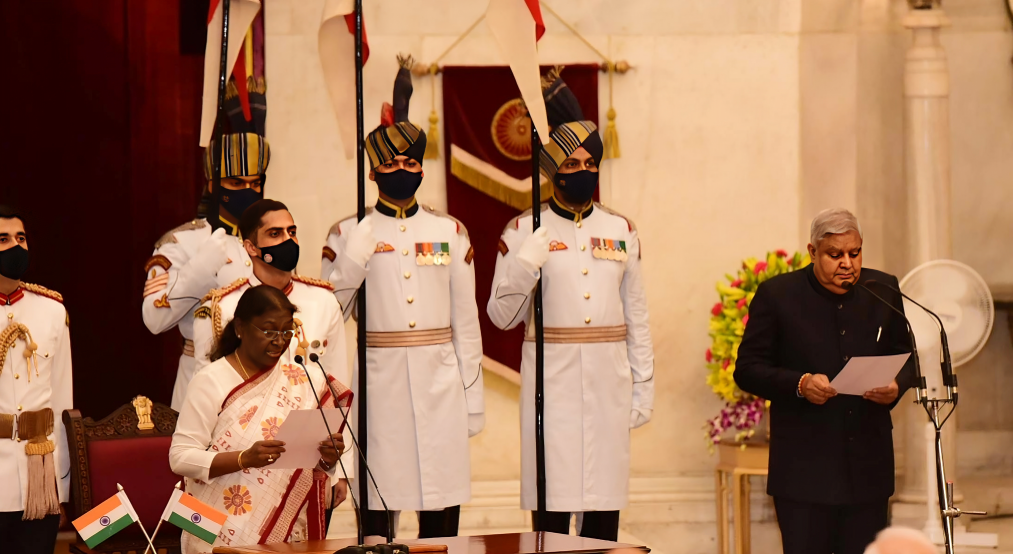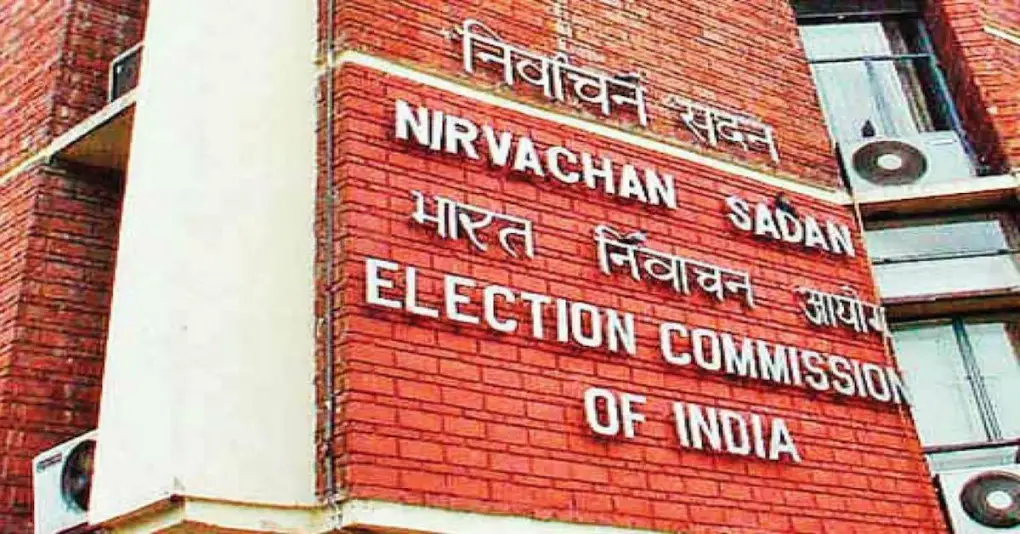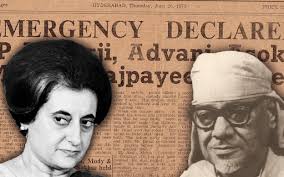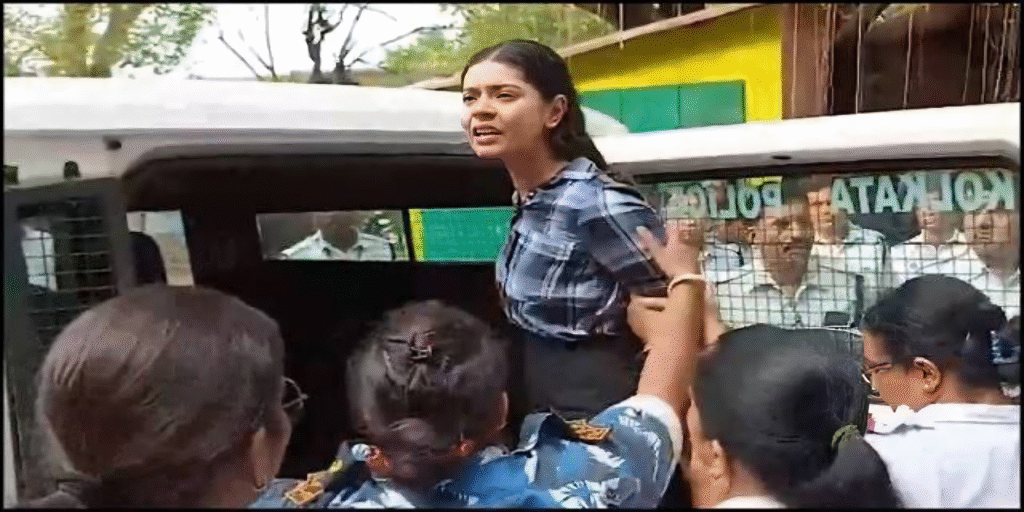Introduction: A Tale of Two Nations
In the aftermath of Operation Sindoor, a meticulously executed Indian military response to the Pahalgam terror attack, the geopolitical landscape of South Asia witnessed a stark contrast between India’s measured resolve and Pakistan’s reactive posturing. While India demonstrated strategic restraint and diplomatic finesse, Pakistan resorted to its habitual tactics of denial, deflection, and dramatization. This divergence not only highlighted the differing national psyches but also underscored the shifting paradigms in regional power dynamics.
I. The Ceasefire Conundrum: Between Accord and Aggression
The 2003 ceasefire agreement between India and Pakistan, reaffirmed in February 2021, was envisioned as a mechanism to maintain peace along the Line of Control (LoC). However, post-Operation Sindoor, this accord was subjected to severe strains.
Chronology of Violations:
May 8, 2025: Pakistani Rangers initiated mortar shelling in the Poonch sector at 11:37 AM. India, exhibiting restraint, refrained from immediate retaliation.
May 9, 2025: Pakistan’s Inter-Services Public Relations (ISPR) alleged “unprovoked Indian aggression,” yet failed to provide substantive evidence.
May 10–12, 2025: Continuous ceasefire breaches occurred in Tangdhar, Uri, and Gurez. Indian forces responded with calibrated counterfire, targeting only the origins of aggression.
May 13, 2025: Pakistan appealed for an emergency session of the United Nations Security Council. Notably, only China extended support, while other members abstained.
These incidents reflect a pattern where Pakistan’s actions undermined the very essence of the ceasefire, reducing it to a nominal understanding devoid of genuine commitment.
II. The Rhetoric of Retaliation: Empty Threats and Manufactured Narratives
In the wake of its strategic embarrassment, Pakistan’s response oscillated between denial and aggressive posturing.
Official Assertions:
Claims of repelling Indian aggression, despite evidence to the contrary.
Denial of terrorist infrastructures in Pakistan-occupied Kashmir, contradicted by satellite imagery and intelligence reports.
Reiteration of the right to respond at a time and place of its choosing—a refrain echoing since the Kargil conflict.
Psychological Operations:
Dissemination of videos showcasing underground bunkers, aiming to project preparedness.
Circulation of fabricated intercepts alleging Indian troop movements.
Orchestration of coordinated social media campaigns tagging international bodies to garner sympathy and support.
India, maintaining its composure, issued a singular, pointed response:
> “India neither seeks validation nor tolerates violence. The operation was defensive in spirit and absolute in execution.”
III. Diplomacy in Action: India’s Strategic Communication
Contrasting Pakistan’s vociferous approach, India adopted a strategy rooted in quiet diplomacy and factual dissemination.
National Security Advisor Ajit Doval engaged with intelligence counterparts from the Five Eyes alliance, presenting concrete evidence of the Pahalgam attack’s orchestration.
External Affairs Minister Dr. S. Jaishankar released a concise white paper titled “Justice Across Borders: India’s Right to Preventive Defence,” which has since been incorporated into international law curricula.
The Research and Analysis Wing (RAW) collaborated with global intelligence agencies, including Mossad and Germany’s BND, to counter Pakistan’s narrative and expose its terror networks.
Through these measures, India effectively reframed the discourse from a bilateral conflict to a legitimate counter-terrorism operation, garnering tacit support from the international community.
IV. The Nuclear Gambit: Pakistan’s Strategic Bluff
In a bid to shift the narrative, Pakistan’s Foreign Minister hinted at a potential “regional test of strategic capability,” a veiled reference to nuclear testing.
Developments:
May 11, 2025: Seismic activity near the Chagai Hills was reported. Pakistan claimed it conducted a “defensive deterrent test.”
India’s Defence Research and Development Organisation (DRDO) analyzed the data, concluding the absence of a nuclear detonation, suggesting a subterranean explosion aimed at media optics.
The International Atomic Energy Agency (IAEA) refrained from validating Pakistan’s claims.
China, a traditional ally, withheld endorsement, while Saudi Arabia issued a private admonition, warning against irresponsible escalation.
This episode underscored Pakistan’s reliance on nuclear brinkmanship as a tool for strategic leverage, a tactic increasingly losing its efficacy on the global stage.
V. The Cyber Front: A New Theatre of Conflict
Operation Sindoor was not confined to physical battlegrounds; it extended into cyberspace, marking a significant evolution in modern warfare.
Cyber Offensive:
State-backed hackers and hacktivist groups from Pakistan, Turkey, Bangladesh, Malaysia, and Indonesia, allegedly supported by China, launched coordinated cyberattacks targeting Indian infrastructure.
Key sectors, including defense, railways, telecommunications, and financial institutions, faced over 1,000 cyber incidents between April 22 and May 10.
Groups like AnonSec and Keymous+ were notably active, employing Distributed Denial of Service (DDoS) attacks to disrupt services.
India’s Response:
Indian cyber defense units, led by organizations such as Globals, effectively neutralized these threats, preventing significant damage.
The National Technical Research Organisation (NTRO) thwarted infiltration attempts into military servers within minutes, showcasing India’s robust cyber defense capabilities.
This cyber confrontation highlighted the necessity for comprehensive security strategies encompassing both physical and digital domains.





